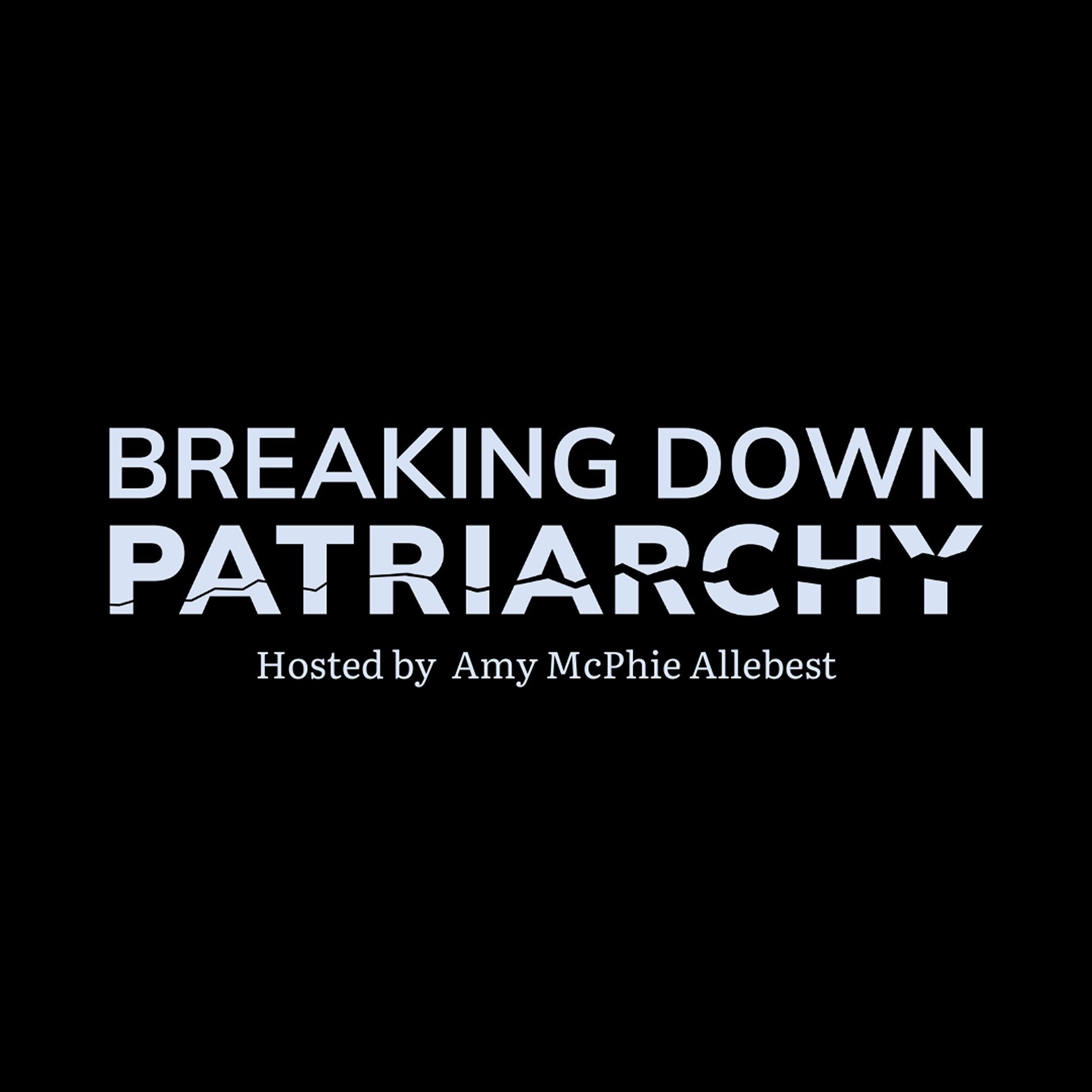Episode 5
Mary, Mother of God: Women in Early Christianity
Published on:
29th December, 2020
Amy is joined by guest Sophie Allebest for a discussion of the religious figure of Mary. Topics include the Gospel of Paul, artists’ depictions of Mary, and the power of personal ritual.
Sophie Allebest is first and foremost, a Pisces. She loves Art, Architecture, History, and rainy days. She enjoys the ancient art of rhetoric and debate (i.e., arguing), and swimming in a freezing ocean or pool. When she’s not working hard at school and art, Sophie loves spending time with her family, friends, and cat.


